What makes Putin and world’s autocrats so resilient?
Today’s autocrats are resilient, with a survival playbook targeting opposition leaders with selective killing and jailing.

The recent mutiny in Russia revealed cracks in President Vladimir Putin’s regime and raised hopes in the West that his days in power were numbered. There are two reasons for caution: Autocrats have remarkable staying power and only rarely are replaced by a democratic government.
Images of hundreds of heavily armed men rumbling in a convoy toward Moscow raised the possibility that the man who launched the Ukraine war and has dominated Russian politics for more than two decades could lose power. It punctured Putin’s aura of invincibility and inevitability.
A week later, however, Putin is still in charge and his would-be rival, Yevgeny Prigozhin, is in exile.
“We shouldn’t be surprised,” U.K. Defense Secretary Ben Wallace said last week. “The Russian state has been designed over 300 to 400 years to protect the tsar.” In the 1980s and 1990s, military dictatorships in South America gave way to democracy, Communist regimes fell and protest movements chased out dictators such as the Philippines’ Ferdinand Marcos. More authoritarian governments fell in the Arab Spring and the so-called colour revolutions in former Soviet republics.

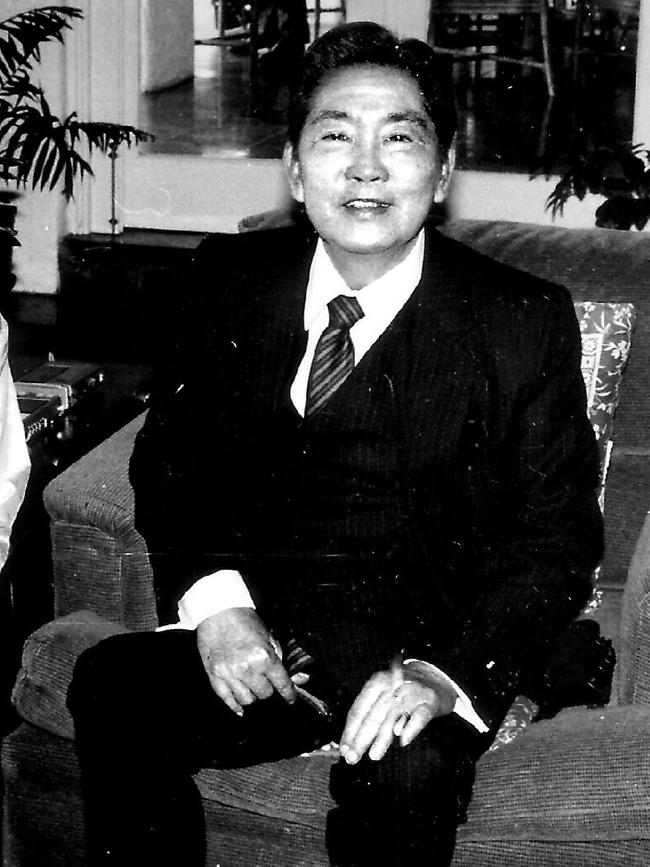
But autocrats are proving more resilient these days. A regime survival playbook of sorts has emerged, with states combining lethal force and widespread arrests to halt protests, targeting opposition leaders with selective killing, jailing and exile, and allowing disaffected populations to leave.
Regimes from Belarus to China to Venezuela have also been co-operating more closely to withstand diplomatic pressure from the West, get around economic sanctions and employ increasingly sophisticated surveillance technologies to keep track of dissidents.
In recent years, authorities in Belarus, Cameroon, Cuba, Hong Kong, Iran, Thailand, Nicaragua and Venezuela have all managed to put down widespread popular protest movements.
The incentives for dictators to leave power have also changed. In the past, a strongman might have been coaxed to take his millions of dollars to a cushy exile in southern France or the Caribbean. But that has become less possible with the rise of the International Criminal Court and the prospect of lifetime jail sentences.

None want to suffer the fate of Libyan strongman Moammar Gadhafi, who was bludgeoned to death by an angry mob. Putin himself has repeatedly watched the video of Gaddafi’s death, according to a 2019 book by Central Intelligence Agency Director William Burns.
Not counting kings, emirs and other monarchs, the world today as at least 30 autocrats, leaders who steal elections or don’t hold them while using extrajudicial force to remain in power, said Moises Naim of the Carnegie Endowment for International Peace. Most are in Africa and Asia, but there are three in Latin America and two in Europe. Three command nuclear arsenals – Putin, China’s Xi Jinping and North Korea’s Kim Jong-un.
People in dozens of countries gained their freedom in the 1980s and 1990s, but progress has stalled since 2005. This past year was the 17th in a row that global freedom, as measured by Freedom House, a Washington think tank, has declined.
Once an autocrat such as Putin is embedded, rooting them out is extremely hard, political scientists say.
“The longer they stay in power, the bigger the network of patronage they establish, the harder it is to upset that network of patronage,” said Jonathan Eyal, international director at the Royal United Services Institute in London. “So it requires a fairly substantial jolt to rearrange.” The obvious source for such a jolt is war. A sudden collapse in Russian lines in Ukraine could prove a big enough shock to shake the Kremlin. The longer the war drags on, and the worse Russia’s economy gets, the more difficult Putin’s position.
Autocrats, however, rarely lose power during a war. Even if they suffer a major defeat, the historical record is mixed. Iraq’s Saddam Hussein lost the first Gulf War and survived a brief civil war to rule for another dozen years before the 2003 U.S. invasion.
On the flip side, the Falklands War led to the ouster of the military junta in Argentina, and Greece’s generals fell from power after backing a coup in Cyprus that led to a Turkish invasion in 1974.
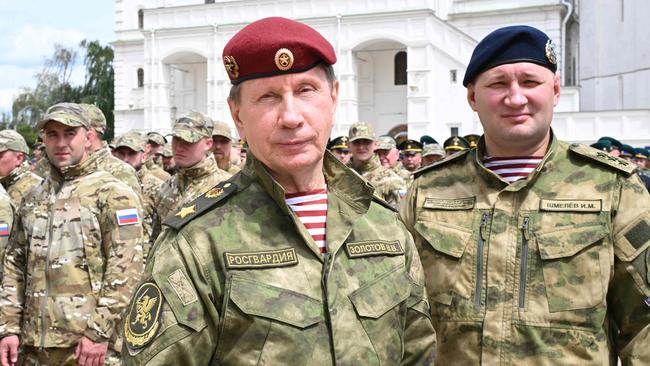
The difference in those outcomes is telling. Hussein, like Putin, led a personalised autocracy built around a single figure as opposed to an institutional autocracy built around a party, military or royal family.
Personalised autocracies are harder to root out because the entire system is built around one person. They are also less likely to give way to a negotiated transition or democracy as a result, political scientists say. It is worth noting that China has transitioned recently from an institutional autocracy to a more personalised one under Xi.
In Nicaragua, 1980s Communist strongman Daniel Ortega, who often ruled with other high-ranking Sandinistas, gave way to elections under U.S. pressure. Now he is having an even longer run in power in a system designed not around an ideology or party, but around him and his wife.
Since the end of the Cold War, the typical autocrat who had governed a country for 20 years and was at least 65 years old ended up ruling for about 30 years, according to Andrea Kendall-Taylor, a senior fellow at the Center for a New American Security, and Erica Frantz, a professor of political science at Michigan State University. Personalised autocrats have lasted even longer: up to 36 years. Putin is 70 and has been in power for 23 years.
The pair also found that since the end of the Cold War, authoritarian regimes have outlasted 89 per cent of the longtime leaders who died in office.
“After Putin, there will be Putin, it just depends which type of Putin,” said Stephen Hall, a professor of politics at Bath University and Russia expert.
An attempted coup or an uprising that fails can strengthen an autocrat’s hand. Following a failed coup in 2016, Turkish President Recep Tayyip Erdogan removed tens of thousands of military officials, civil servants, judges and governors, giving him greater control over the country’s institutions.
James Nixey, the head of the Eurasia-Russia program at Chatham House, a London-based think tank, said he was told by a friend in Russia in the past week that the elites had consolidated around Putin and that it would be a mistake by the West to assume that the Russian leader had been badly weakened.
“While you never know for sure what’s happening behind the scenes, the evidence we have is that the secret services stayed with him, none of the elite seem to have defected, and he would appear to be in control,” he said.
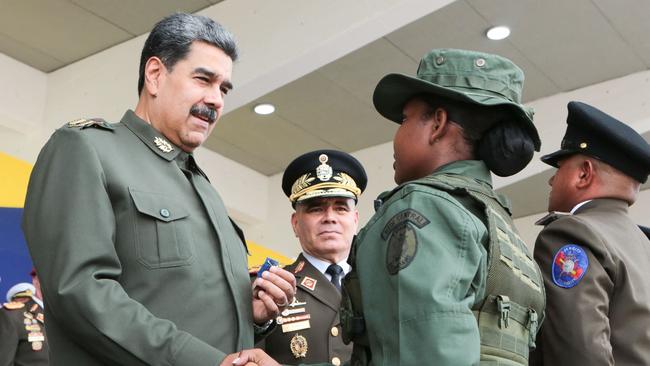
Autocracies have helped each other. Cuba sent its own secret service agents to bolster the internal security service of Nicolás Maduro in Venezuela. Putin supported President Alexander Lukashenko in Belarus when he faced down protesters in 2020-21. Lukashenko now has returned the favour by taking in Prigozhin.
Across Africa, strongmen are increasingly turning to autocratic leaders such as Xi and Putin for alternatives to the Western pro-democracy narrative as well as the tools to stay in power, from Beijing’s money to fund infrastructure projects and surveillance technologies to keep opponents in check to the Kremlin’s military supplies and disinformation muscle. Uganda’s Yoweri Museveni has relied on Chinese-built surveillance to keep tabs on rivals.
Autocrats in Guinea, Burkina Faso, Sudan and Mali have all been toppled by militaries, only to be replaced by other strongmen. In Sudan, a deadly power struggle between the two top generals, who worked together to topple long-serving despot Omar al-Bashir in 2019, has turned the capital, Khartoum, into an active war zone since April, uprooting nearly three million people from their homes.
If Putin is toppled, it is possible that an even more hawkish autocrat ascends to power, raising the likelihood of escalation with the West, Western officials say. So perhaps the most favourable outcome is that Putin’s war in Ukraine fails and that he is weakened and unable to project Russian force abroad, they say.
Dow Jones

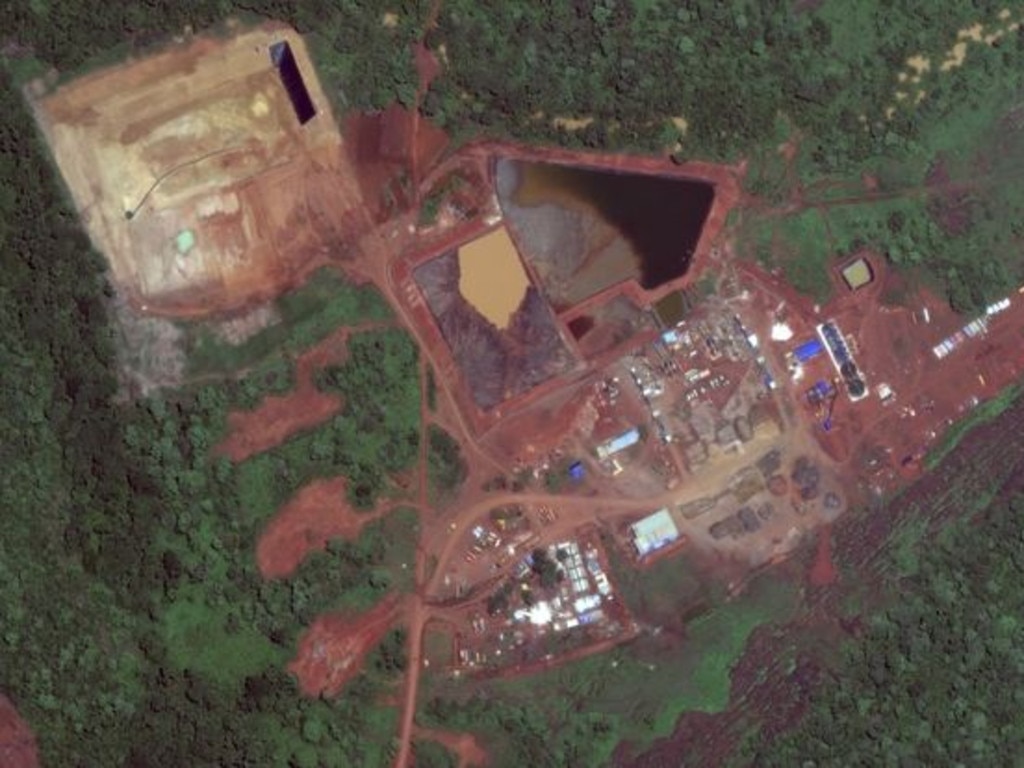
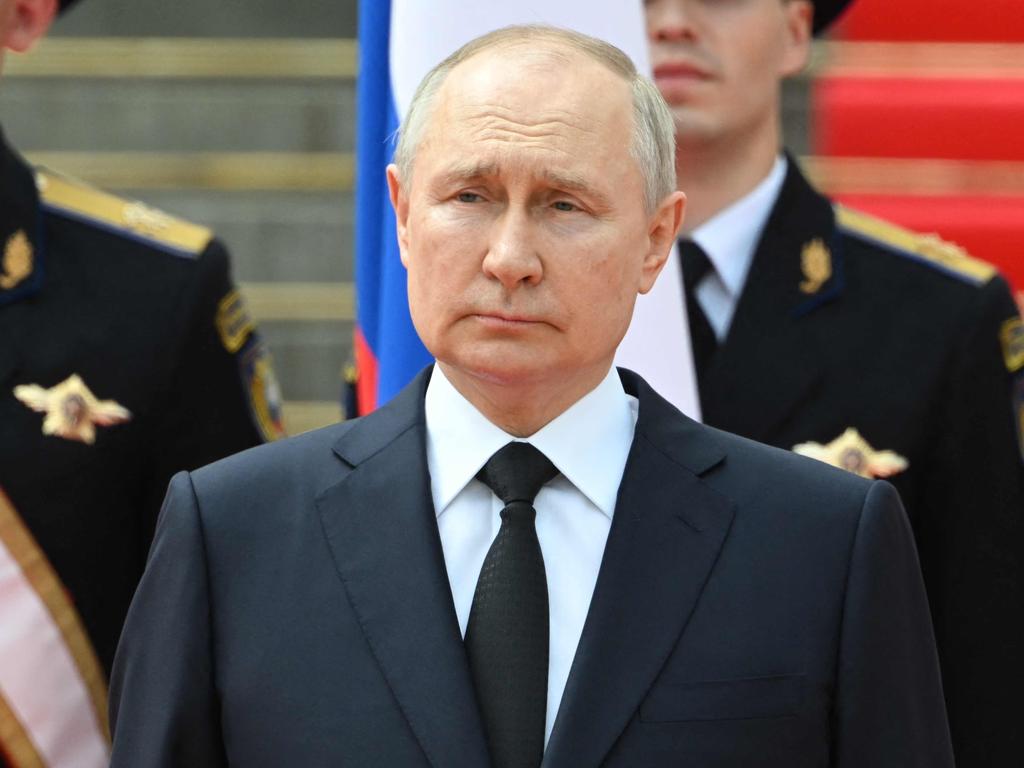




To join the conversation, please log in. Don't have an account? Register
Join the conversation, you are commenting as Logout